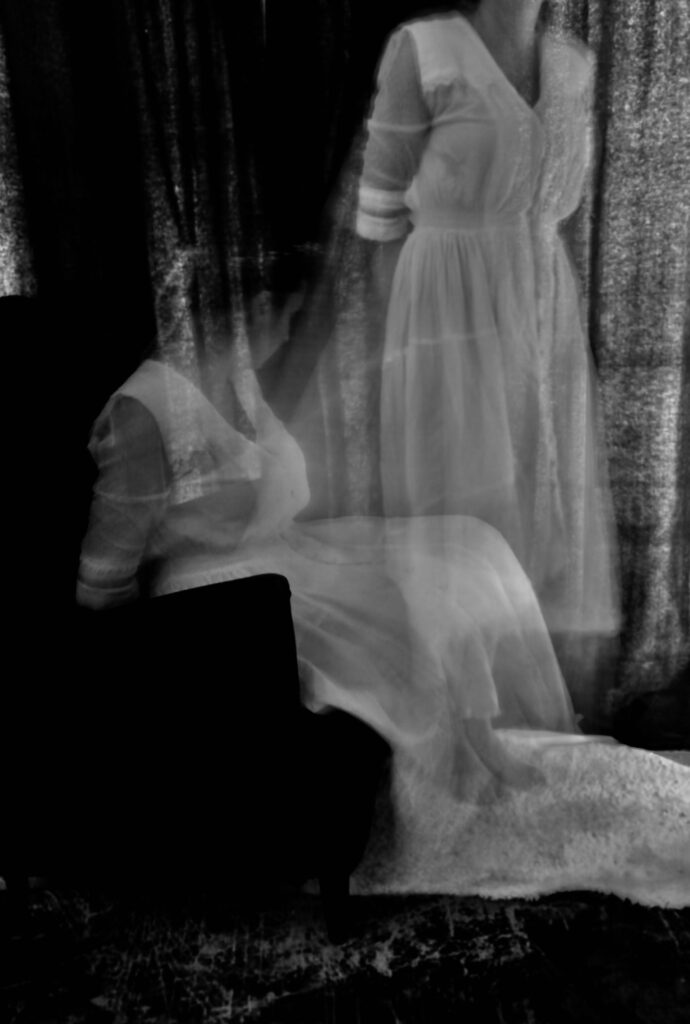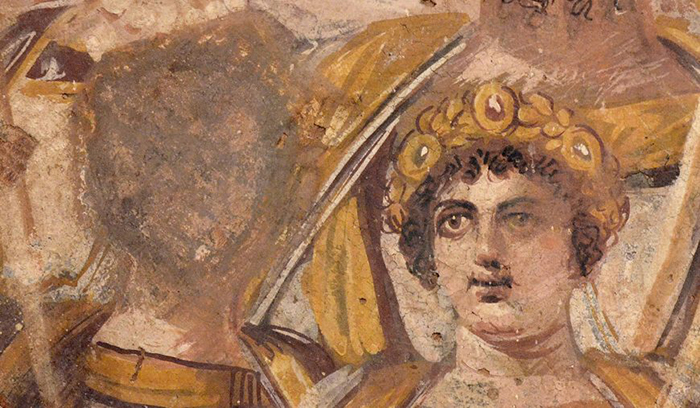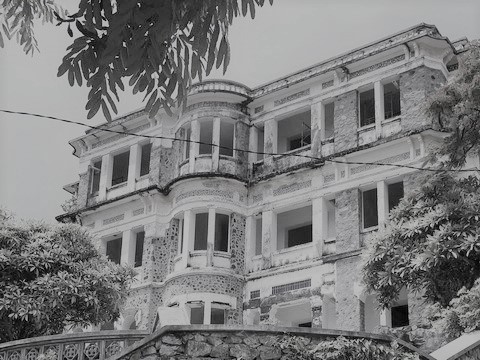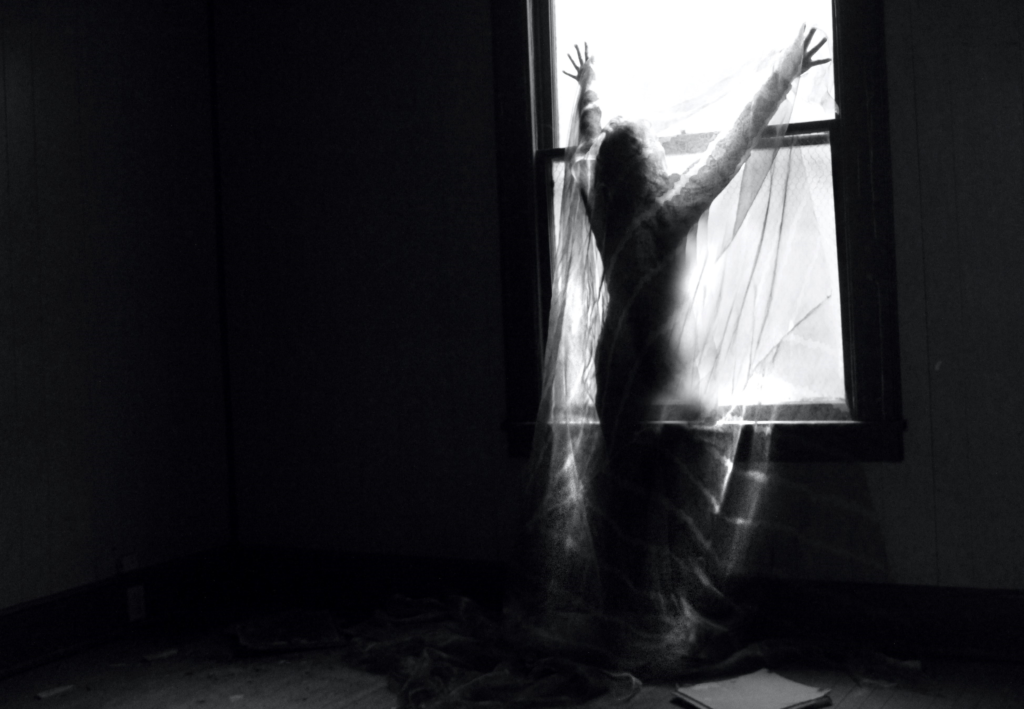Of Leprosy and Confinement: The Tragic Haunting of Uncle Hỏa’s Mansion, Vietnam
A haunted mansion. An ancient disease. A family with a dark secret.
The tragic legend of Hứa Bổn Hòa (aka Uncle Hỏa) and his ill fated daughter Lan is well known in Vietnam. But since Hứa Bổn Hòa was a real historic figure, it’s strange that this famous ghost story features a daughter that appears to be entirely fictional. Who exactly was Lan? Was her death as tragic as the legend says? And most importantly, did she ever actually exist?
The Legend of Hứa Tiểu Lan
Hứa Bổn Hòa (1845-1901) was a Chinese businessman that owned thousands of properties in Vietnam, particularly in the country’s largest city Saigon (known today as Ho Chi Minh City). His immense wealth was legendary, especially considering his status as an immigrant. A well-known story claims that Uncle Hỏa began his life in Vietnam as a poor cardboard collector and that his wealth was kickstarted when he found a sofa full of gold. However, the truth is Uncle Hòa’s wealth likely came from his success working in the pawn business before he ventured into the world of real-estate.
Uncle Hỏa had three sons who eventually joined him in Vietnam to help take care of the growing family business. According to legend, he also had a young daughter named Lan who was known for her incredible charm and beauty. While Uncle Hỏa worked closely with his sons, it was clear to everyone that Lan was his favourite child.
Mysteriously, Lan vanished from the public eye around the time she turned sixteen. Her disappearance occured suddenly and without explanation – almost as if she never existed at all. While the family business carried on as usual, within the walls of Uncle Hỏa’s mansion an unforeseen horror had taken hold of the family’s precious daughter.

Lan had begun developing symptoms of leprosy, an infectious disease that causes nerve damaged and disfigurement of the skin. At the time, leprosy did not have a cure and was believed to be incredibly contagious. Devastated, Uncle Hỏa had Lan examined by dozens of specialists in the hopes of finding a cure to save his daughter from decay. His attempts were in vain and Lan never recovered. He locked his once beautiful daughter away in her bedroom and prohibited anyone from entering other than the maids who brought her meals. They were instructed to leave the plates on the table and never, under any circumstance, look at his daughter’s face.
Alone and forgotten, Lan’s condition worsened until she passed away in her bedroom prison. Upon discovering the body of his daughter, Uncle Hỏa was filled with immense grief. He had her entombed in a stone coffin that remained in her bedroom, continuing her imprisonment even after death. To conform with tradition, he held a funeral for Lan at the family’s home. This caught the attention of local tomb raiders who were unaware the casket being buried in the family’s tomb was actually empty and that Lan’s body was still secretly in her bedroom. Since Uncle Hỏa’s wealth was well-known, the tomb raiders assumed Lan’s grave would be filled with beautiful and expensive items. Their discovery of the empty coffin was shocking and infuriating. But more importantly, it raised an important question — where was Lan?
Following the funeral, Uncle Hỏa instructed the maids to continue bringing food to Lan’s room as if his daughter was still alive. This routine continued every day until the one year anniversary of Lan’s death. To pay respect to Lan on this tragic occasion, the maid was told to bring chicken soup, a white dress, and a doll to Lan’s room and place them near her stone coffin. When the maid later returned to collect the food she was met with a terrifying sight. Lan was standing in the white dress on top of her coffin clutching onto the doll. Nearby, half of the chicken soup had been eaten. The servant screamed and the family rushed to the room to witness Lan’s awakened spirit. Incredibly shaken by the event, Uncle Hỏa arranged for Lan’s body to be moved out of the house and into the family’s tomb.
Despite giving Lan a proper burial, the property is allegedly cursed with the return of Lan’s disfigured spirit. Passers-by claim to see her staring out of windows and wandering through the long, dark corridors. Some even claim to hear her cries coming from somewhere in the house, possibly inside the room where she was consumed by the ancient disease.
Is there any truth to the legend?
As with many legends, there are discussions surrounding the legitimacy of the tale’s historical claims. For this particular ghost story there is debate over whether or not Lan actually existed. There are records of Uncle Hỏa’ sons, but for some reason the daughter at the centre of this popular ghost story is a complete mystery. Did Lan ever exist? And if she did, why has she disappeared from history?

If Lan did exist, is it possible she was a victim of damnatio memoriae? Latin for “condemnation of memory”, Damnatio memoriae refers to the removal of an individual from official records, essentially erasing them from history. A popular example of damnatio memoriae comes from Ancient Egypt when the face of the pharaoh Akhenaten was removed from artwork after his highly controversial reign. An example from the Middle Ages saw the Council of Constance target John Wycliffe for damnatio memoriae following his attacks on the Church, including questioning the legitimacy of the Papacy and the veneration of saints. A more modern example would be the unknown protestor known as Tank Man who stood before a column of tanks at Tiananmen Square in Beijing on 5 June 1989. Not only was the identity of the man never released, but government censorship has given many in China the impression that this event never actually occurred.

While historically damnatio memoriae was used for more political reasons, the erasure of a normal individual from history is still incredibly easy, especially for man as wealthy and influential as Uncle Hỏa. If the story of Lan’s sad death is real, was the shame her illness brought her family so awful that they intentionally removed her from history? There is, of course, the possibility that Lan didn’t exist at all and was fabricated to fuel a sad but fascinating Gothic ghost story that could easily be the basis of a V.C. Andrews novel. Perhaps we’ll never know the truth.
Regardless, the story of Lan was solidified in Vietnamese popular culture with the release of the horror film Con ma nhà họ Hứa (or The Ghost of the Hua Family). Directed by Le Hoang Hoa, the film was released in 1973 and tells the legend through the eyes of one of the family’s housekeepers. In acknowledgement of the history of leprosy, the films release coincided with the 100th anniversary of the physician Gerhard Armauer Hansen‘s discovery of the bacterium that causes leprosy, Mycobacterium leprae. Following Vietnam’s Reunification Day on 30 April 1975, it was discovered that the original tape had gone missing. In 2016 a journalist named Le Quang Thanh Tam revealed on his Facebook that he had a copy of the film and promised to release it if his post received enough engagement. However, I can’t verify whether or not he did, or if the full length film has actually been found.
Other issues with the legend
Uncle Hỏa had a positive reputation amongst people in Vietnam during his life time. His celebrated public image came from his role as one of the biggest philanthropists in the history of the city through his support of education, technology, and healthcare. A large part of his estate was even donated to a variety of institutions including Từ Dũ Hospital and Minh Đức Secondary School as well as projects that would benefit the well-being of the community. This has of course given many the impression that the story is entirely fictional since it isn’t in line with Uncle Hỏa’s charitable nature and the way he was viewed by the public during his lifetime. For some, this is enough to discredit the story entirely.
Another issue with the legend is that the location of Lan’s death (real or not) isn’t completely clear. After attempting to detangle translated sources online, the most popular theory appears to say that Lan died at what is now the Ho Chi Minh City Museum of Art, one of the family’s former residential properties. However, the buildings weren’t built until nearly three decades after Uncle Hỏa’s passing, making Lan’s death here impossible. It seems instead that the story takes place at Uncle Hỏa’s mansion in Long Hải, Vũng Tàu.
Is the story of Uncle Hỏa’s daughter nothing but a legend? Did a poor girl really die a slow, painful death alone in her family’s home? Is the cover-up of Lan’s life and death an actual mystery, or simply a tragic ghost story? Despite it’s lack of answers, the popularity of this tragic story between a father and his sick daughter continues to spread to this day.

Sources and Additional Reading
Guggenheim – A Biography of a Building: The Ho Chi Minh City Museum of Fine Arts
Kahn Academy – Damnatio memoriae – Roman sanctions against memory
KENH14 – Tòa biệt thự 99 cửa ở Sài Gòn và những bí ẩn chưa giải đáp về giai thoại “con ma nhà họ Hứa” (ENG: The 99-door villa in Saigon and the unsolved mysteries of the “ghost of the Hua family” anecdote)
Lichngaytot – Kinh dị chuyện CON MA NHÀ HỌ HỨA và bi kịch của cô tiểu thư gia tộc giàu có nhất Sài Gòn (ENG: Horror story of the ghost of the PROMISED HOUSE and the tragedy of the richest lady in Saigon)
My Tiger Tour – Saigon Most Haunted Places From Apartments to Museums
Saigon Cholon – The True Story of Hui Bon Hoa and “Uncle Hoa’s Mansion”
The Smart Local, Vietnam – The Ghost Of The Hứa Family: What Really Happened & Where Uncle Hỏa’s Daughter Died
Wikipedia – Con ma nhà họ Hứa (ENG: The Ghost of the Hua Family)

